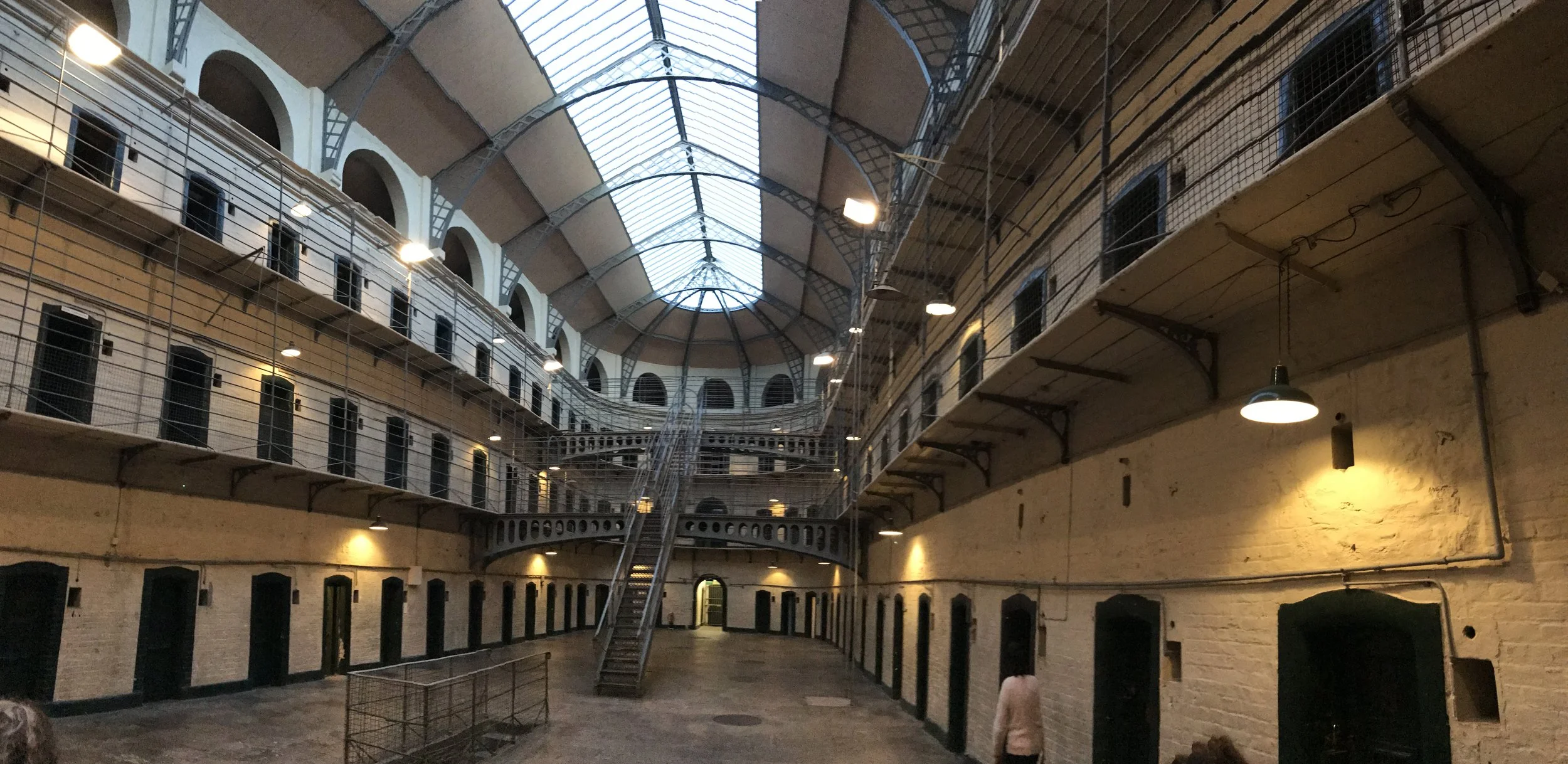While much of Dublin, and Ireland is full of light and music, there are darker places that represent the formation and history of Ireland as a whole. First among those is the Kilmainham Gaol, the central jail for Dublin from 1796 through 1924. While it was a jail, Kilmainham was also more than that - it was a central courthouse - and a site that is also linked to the Irish independence movement. From 1798 through 1916, the leaders of the various rebellions against British rule were imprisoned in Kilmainham Gaol, and in many cases, were executed within the walls of the jail. In addition to the many revolutionaries that were held in Kilmainham, the jail held many thousands of inmates throughout the years, including one as young as seven. While it was a seat of power, repression, and inequality for many years, Kilmainham eventually turned into a location that served as a rallying point for the Irish independence movement after fourteen members of the Easter Rising, including the wounded James Connolly were executed by firing squad in 1916. Today, Kilmainham is the largest abandoned jail in all of Europe, and is one of the most popular museums in all of Dublin.


